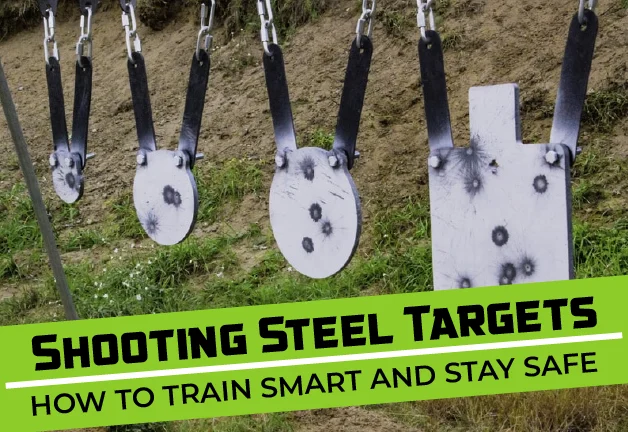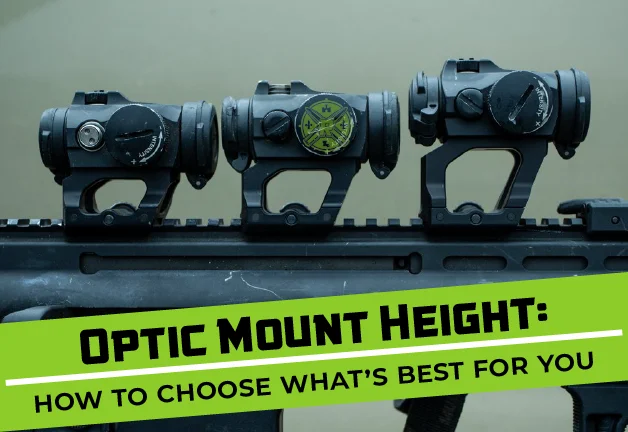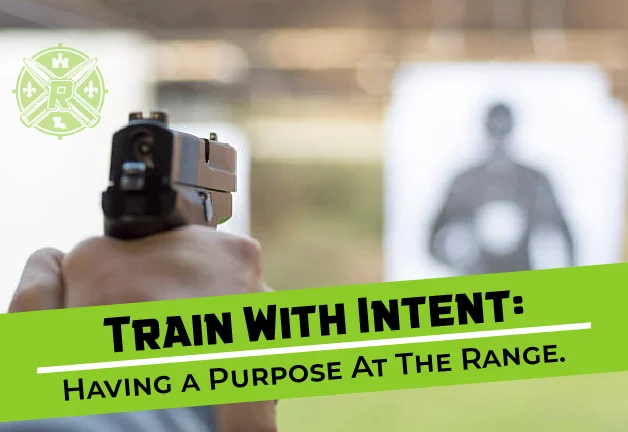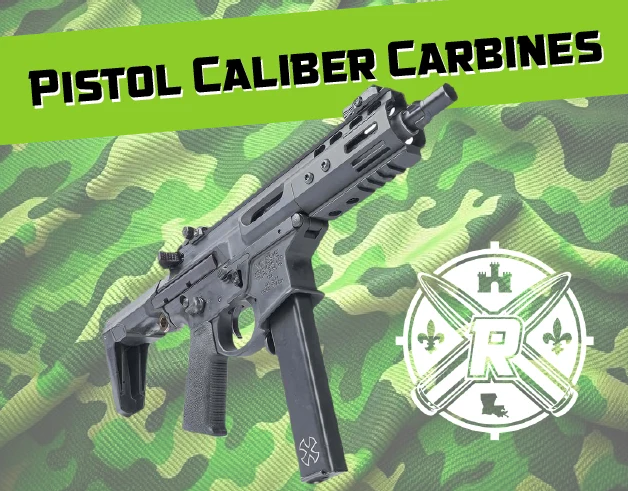Shooting Steel Targets Safely Without Wasting Time or Getting Hurt.
Steel targets are loud, reactive, and addicting. You’re also taking a risk if you don’t set up right. Every year, shooters get hit with fragments. Not because steel is unsafe—but because they didn’t know better.
Here’s how to get the most from your training—and not leave bleeding.
Why Steel Matters
- Instant feedback. No walking to check hits.
- Cleaner transitions. Targets reset themselves.
- Real-world feel. Sound confirms shot timing.
- Better engagement. You stay focused and moving.
If you’ve never shot steel before, you’re missing out.
If you shoot it wrong, it might bite you.
Distance Is Everything
Minimum safe distance for shooting steel depends on caliber and target type.
Ignore this and expect fragments in your face.
- Pistol (9mm, .45, etc.): 10 yards or more
- Rifle (5.56, 7.62): 100 yards or more *Shooting frangible ammo I’ve had no issues at 50yds.
- Shotgun slugs: 40 yards or more
The rule:
The faster and harder the round, the farther you stand back.
Use the Right Ammo
Not all ammo is safe for steel.
Some rounds are made to punch through armor—and they’ll wreck your targets or throw back splatter.
Avoid:
- Green tip (M855)
- Steel core
- AP or bonded rounds
Use:
- Lead-core FMJ
- Frangible ammo (for close pistol drills)
- Match or soft-point for rifle at distance
Check with us if you’re not sure what you’re shooting.
Target Angle and Mounting
Steel should never face straight at the shooter.
Why?
Because straight-on impacts send fragments right back when shooting steel.
Every piece of shrapnel wants to take the path of least resistance—usually straight at you.
What to do:
- Tilt targets slightly forward (10–20 degrees)
- Hang steel from chains or springs
- Avoid rigid mounts or solid frames
This helps fragment debris hit the ground instead of your face.
What Steel Should You Buy?
Not all steel is safe to shoot.
Look for:
- AR500 or AR550 steel
- 3/8” thickness minimum for pistols
- 1/2” if you’re shooting rifle rounds
Stay away from mild steel.
You’ll crater it with your first mag dump.
Tip: The more you shoot the edges, the faster you ruin the plate.
Eye Pro Is Not Optional: Its A Must!
Shooting steel targets will send fragments flying in all directions.
Even if you’re doing everything right, tiny pieces of copper or lead can come back.
Wear:
- Full-wrap eye protection
- Ballistic-rated lenses
- A brimmed hat to catch overhead splash
If you’re running drills with a partner, call hits and reset together.
Avoid walking into live lanes or behind unverified targets.
Keep Your Targets Clean
Shoot the same spot over and over and it starts to crater.
Those craters send fragments in unpredictable directions.
Inspect plates regularly.
- If you see deep pits, rotate the target.
- Flip double-sided plates when needed.
- Retire damaged steel early.
Old targets aren’t just ugly. They’re dangerous.
Think About Backstops
Steel targets don’t catch rounds.
They redirect them.
If you’re shooting in a range or backyard setup, make sure your background is clear:
- No concrete or rocks nearby
- Use berms or sand if possible
- Never shoot steel in front of hard surfaces
Watch for angles that could bounce rounds off the ground toward other people.
Steel is loud.
Steel is fun.
But steel rewards the shooter who respects it.
Train smart.
Shoot safe.
And ALLWAYS wear your ear pro and shooting glasses when shooting steel.
We really like these steel targets and are fairly affordable and very durable.
For Safe Shooting Glasses CLICK HERE!
Got questions about shooting steel or setting up the right targets?
Call or shoot me an email. I’ll walk you through what works, what doesn’t, and how to train safe and smart.




